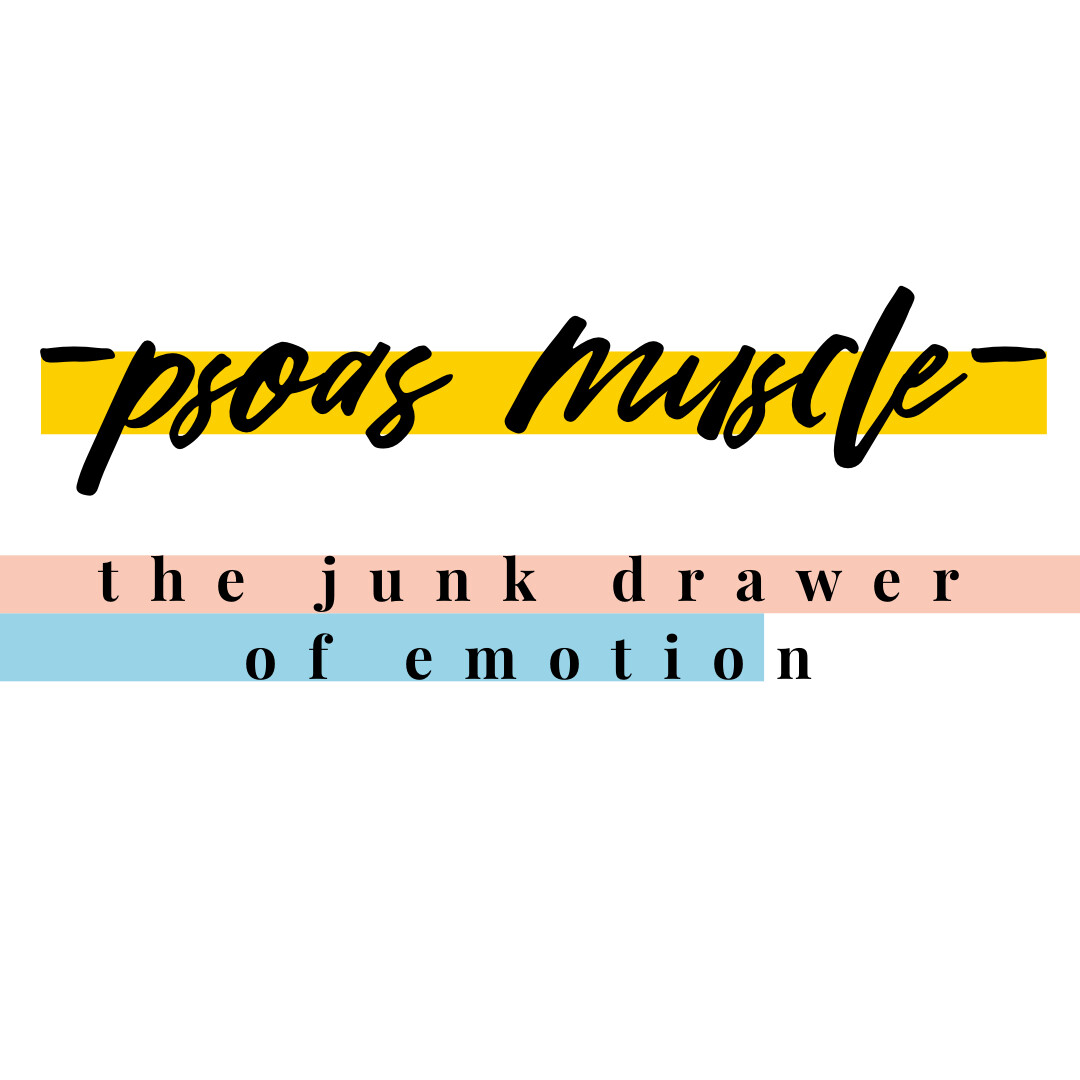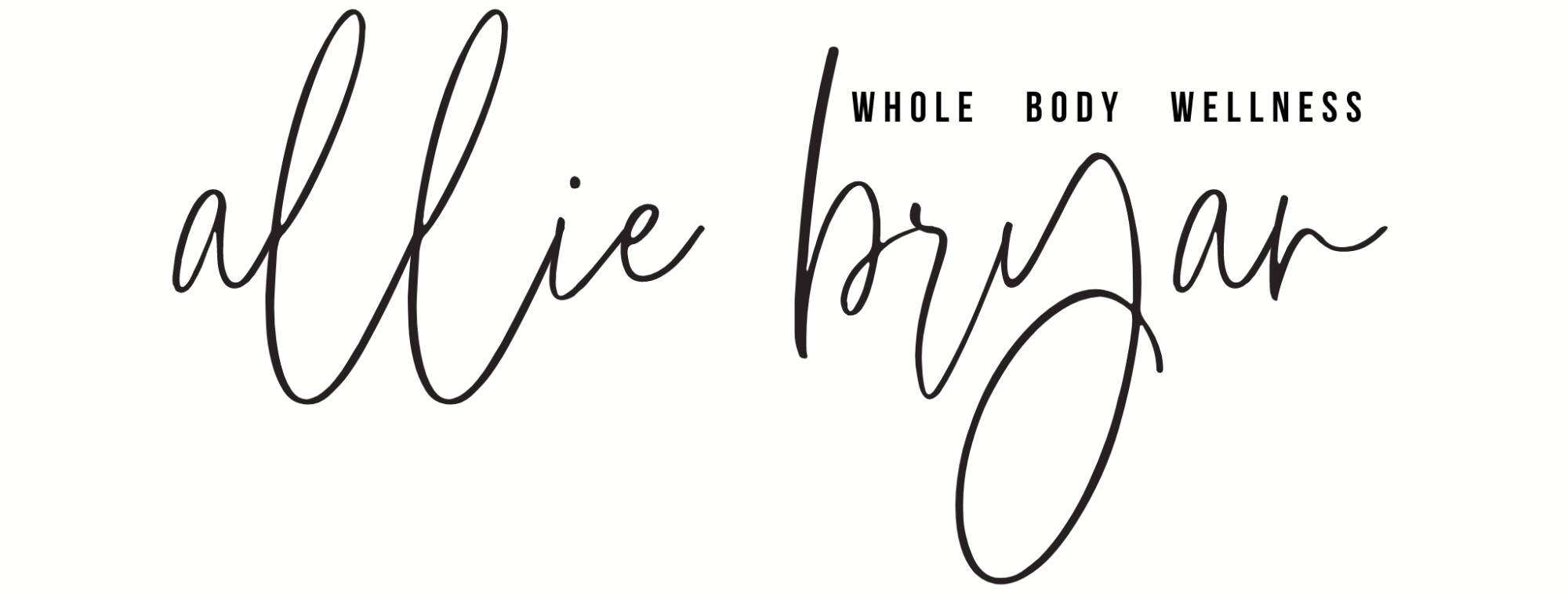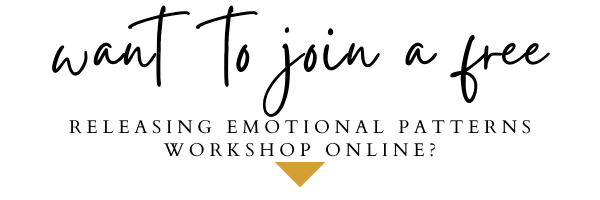
The psoas is a deep hip flexor responsible for granting us the ability to bring the knee into the body and bend at the hips. It also stabilizes the pelvis and helps us to stand upright. It is the only muscle that crosses the body from back to front, beginning in the lumbar vertebrae and crossing the front of the body to insert high in the inner thigh at the lesser trochanter. This muscle also crosses through the lumber plexus of the spine, a highly nervy center - this explains why this muscle is regarded so highly as an emotional muscle. It is a major player for everything involving physical movement...even sitting down!
Being an emotional muscle implies that when this muscle is manually treated, an emotional response will likely occur. These types of responses include crying, coughing, having a tickle response, or having an aversion to being touched in that area. Therefore, we must approach with caution, reverence and care.
The Psoas Muscle Explained
There is so much more to the psoas that the anatomical explanation of why it can be perceived as the most emotional place within our body. In regards to emotion, the other part of this muscle is one that we often do not discuss. If a person has experienced trauma as a result of someone placing their hands on them without consent, this is the muscle memory area that will hold on for dear life. This is also why the illnesses that include the sexual reproductive organs will likely (but not always) be coupled with a trauma that has occurred in the person’s life in or around that particular area. Every single trauma that occurs in one’s life is locked and loaded into the cellular memory, the mental/cognitive memory, and the muscle memory. Too many people have stories to tell of a time that someone tried to exert power over their bodies and walked away guiltless. Almost every single woman I know has a story to tell, and nowadays, a lot of men do as well. This is not OK.
Our bodies are the ones that try to hide the evidence, as if we talk about it too much, it might actually take us down a path that we fear we might not ever come back from. The pain, anguish, shame, and guilt, along with the wish that we had handled it more loudly, more effectively, sooner, better…it all lives in our muscles (especially the psoas muscle) as much as it lives in our (mental) memories. And if something is too traumatic and the mind chooses to file it away in a cabinet that is to never be opened again, it is only by way of the physical body and energy body that we can make it into that vault for release. It is either through cognitive therapy or through touch therapy that the body will be able to release the experience.
The Body Tells A Story
Someone who does not like to be touched will not respond well to touch therapy of any kind. They will need to find their healing through the cognitive route. Treatment like EMDR (eye movement desensitization reprocessing) are highly beneficial. At the moment of impact from a trauma, the experience freezes in time. Even as you grow and mature, this particular point of impact does not. Think of it as a memory groove; the groove never changes once it has been carved into the body. Learning how to approach the body and the mind to help them process is how healing can occur. Someone who cannot handle discussion or is unwilling to open that mental vault can heal in enormous ways by having someone help their body tell the story and release the pain. This would likely include treatments, such as reiki or therapeutic touch, as well as muscle work to treat the physical and energy patterns that have locked in the trauma.
Each person has a specific pathway for healing, and all we can do is help them to find it and support their process. In this day and age when the older, white male political population is having its last hurrah over women’s bodies, we are screaming for understanding, comfort, and the opportunity for someone to meet us exactly where we are and see us for who we truly are. Whenever possible, try to take the yoga path into healing...even if that person doesn’t practice. Meet them where they are. Not where you want them to be, but simply where they are. And if it’s you who needs someone to meet you where you are, honor your body and your process. Simply be aware of it without placing demands on yourself.
We must be willing to address all of these aspects in order to form the whole. Feel the pain, and don’t put a time limit on your grieving process. No one has the right to tell you how to grieve or for how long. No one has the right to tell you how to go about your healing process, either. Healing can be messy. But…messy can also be really, really beautiful.









0 Comments